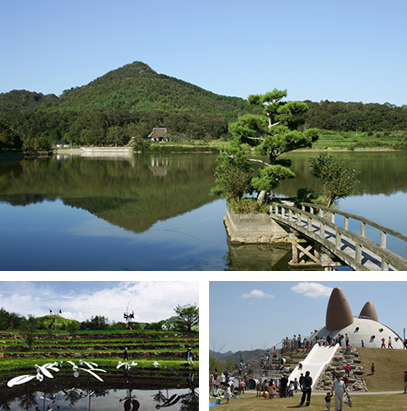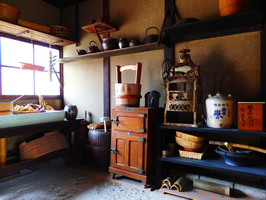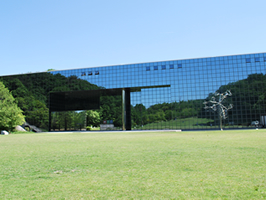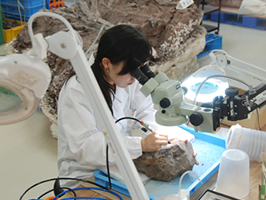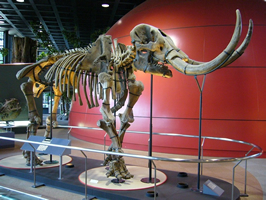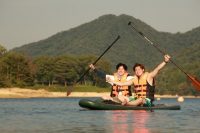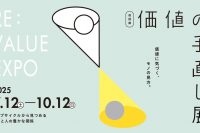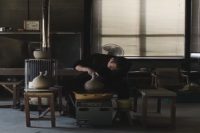

Exciting experiences while strolling around historical spots and among nature

- Ruins of Miwamyojin Porcelain Kilns
Ruins of the site of renboshiki-gama (continuous firing kiln chambers) are open to the general public as they were at the time of excavation and research. Celadon porcelain baked here was highly recognized both inside and outside Japan as “Sanda Porcelain” for the creation of elaborate molded porcelain. Also provided at this site is hands-on learning of creating ceramics. (Reservation required & there is a charge.)
Closed: Mondays (the following day if Monday is a holiday)

- Former Kuki Family Residence and Resource Center
This is a pseudo-Western-style building constructed in the Meiji period, of which there are few across the country (prefectually Important Cultural Property). Pseudo-Western is an architecture style in which a building is constructed to resemble a purely Western-style building after the Meiji Restoration. At this center, articles, such as handmade drafting instruments, rulers, and colors and picture plates for drawing, used by Ryuhan Kuki, head of the family and railway engineer, are displayed.
Closed: Since closure of the facility depends on the season, please contact us by phone.

- Museum of Nature and Human Activities, Hyogo
This is a museum under the theme of “Harmonious relationships between people and nature.” As many as one million items are stored at this museum, and some of them are used for permanent exhibitions. Presented daily at this museum are a section for samples, such as fossils that can be freely handled, seminars and events held by researchers. There is also the “Museum of Nature and Human Activities,” a facility where the display of a fossil of a large herbivorous dinosaur discovered in Tamba City and cleaning work of dinosaur fossils can be observed.


- Sanda Craft House, Sanda City Glass Craft Museum
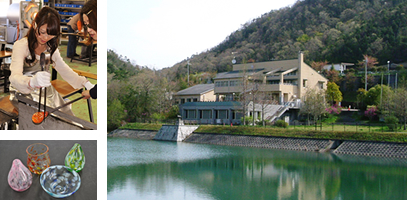
| Access | Take a Shinki bus from Sanda Sta. on JR Takarazuka Line or Kobe Electric Railway Sanda Sta. and get off the bus at Maruyama. A 10-minute walk from the bus stop. Free pick-up service is available from JR Sanda Sta. and Shin-Sanda Sta. (reservation required) |

- Hyogo Prefectural Arima Fuji Park
This is the prefecture’s largest urban park, where rich nature can be enjoyed. At this park, there are outdoor facilities, such as Ecology Park with groves, watersides, and meadows, Wild Bird Square, and terraced paddy fields, where visitors can enjoy strolling in nature, bird watching, and collecting insects. The park also contains Sanda City Arima Fuji Nature Study Center, which has study rooms and exhibitions under the theme of the nature of Sanda City. In the Arima Fuji Park Rest Zone, the “Susumu Shingu Wind Museum” opened and permanently displays 13 art works by Susumu Shingu, who is a world-famous plastic artist, including “Satoyama Fusha” (A windmill in satoyama).
| Access | 30-minute walk from “Shin-Sanda Sta.” on JR Takarazuka Line or take a Shinki bus from Sanda Sta. or Shin-Sanda Sta. on JR Takarazuka Line, or Sanda Sta. of Kobe Electric Railway, and get off the bus at Arima-Fuji Koen-mae. The park is near the bus stop. |
